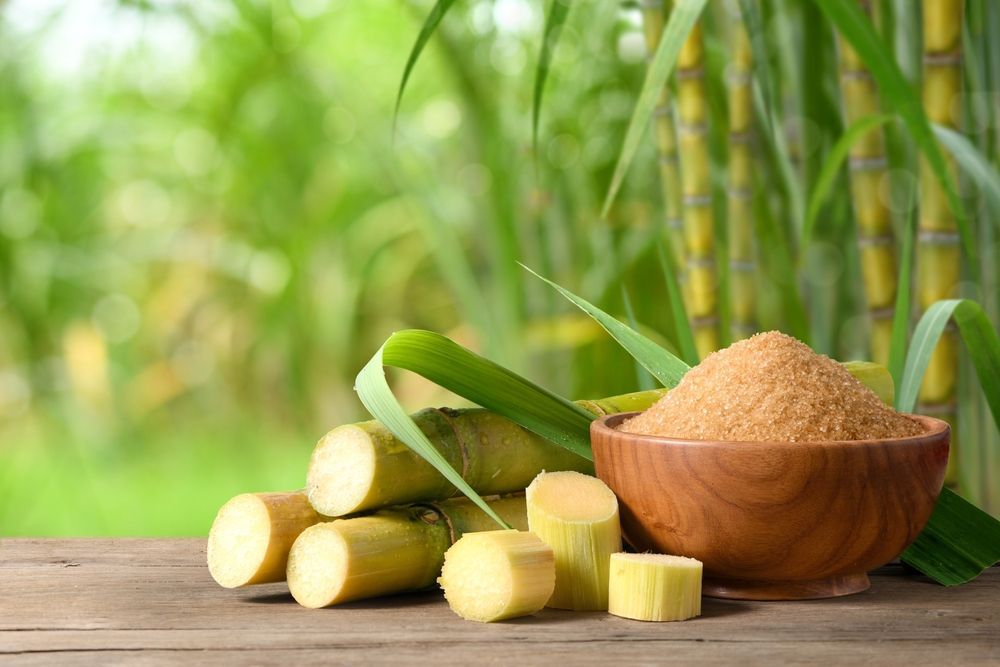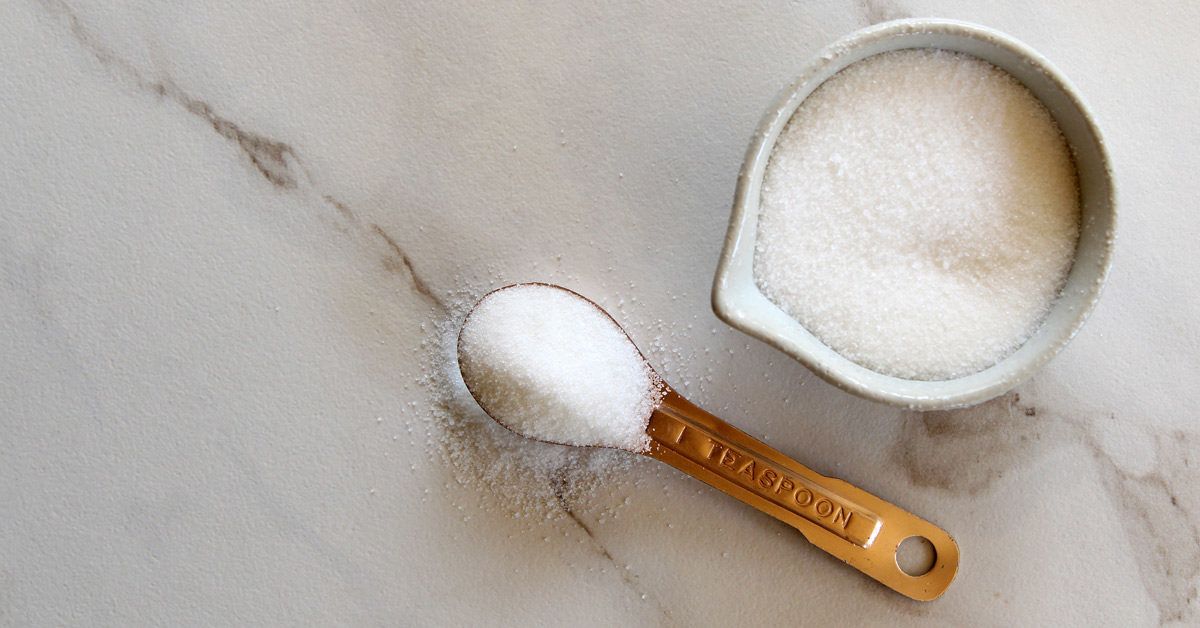Many baking guides specify either beet sugar vs cane sugar, depending on the expected outcome.
Discover the Uses and Advantages of Beet Sugar Vs Cane Sugar in Your Daily Diet Plan
Checking out the unique top qualities of beet and cane sugar exposes greater than just their sweetening capacities; it highlights their special effect on health and cookeries. Beet sugar, known for its subtle taste, is frequently favored in delicate desserts, whereas cane sugar, with its tip of molasses, includes splendor to robust recipes. Each type holds its own nutritional profile and glycemic effects, welcoming a deeper understanding of their roles in a well balanced diet and sustainable consumption techniques.
Origin and Production Processes of Beet and Cane Sugar

The unique climates and dirt types required for expanding sugar beetroots and sugarcane add to differences in their cultivation methods and geographical circulation, affecting the economics and sustainability of their production. beet sugar vs cane sugar.
Nutritional Comparison In Between Beet Sugar and Cane Sugar
Regardless of stemming from different plants, beet sugar and cane sugar are nutritionally extremely comparable, both primarily containing sucrose. Each gives regarding 4 calories per gram, equating to about 16 calories per teaspoon. Structurally, both sugars are composed of about 99.95% sucrose, with minimal quantities of other materials like wetness and trace minerals, which do not dramatically alter their nutritional profiles.

Eventually, when choosing between beet sugar and cane sugar based upon dietary content alone, both offer similar advantages and drawbacks as they are basically types of the very same molecule-- sucrose, offering quick power without various other nutrients.
Impact on Health: Glycemic Index and Caloric Content
Discovering further into the results of beet sugar and cane sugar on wellness, it is vital to consider their glycemic index and caloric web content. The glycemic index (GI) of both beet and cane sugar is around 65, categorizing them as high-GI foods, which can cause quick spikes in blood sugar degrees.
Each type of sugar has try these out about 4 calories per gram, making their calorie material equivalent. For those keeping track of calorie intake, specifically when handling weight or metabolic wellness problems, comprehending this equivalence is crucial (beet sugar vs cane sugar). Too much consumption of any kind of high-calorie, high-GI food can add to health and wellness issues such as obesity, heart illness, and insulin resistance.
Environmental and Economic Considerations of Sugar Production
Beyond wellness impacts, the manufacturing of beet and cane sugar likewise raises significant environmental and economic issues. Sugar beet farming tends to require cooler environments and has a lower geographical footprint contrasted to sugar cane, which prospers in exotic areas. However, both crops are intensive in regards to water use and land occupation, possibly causing deforestation and water deficiency. Economically, the global sugar market is extremely volatile, affected by adjustments in global trade plans and subsidies. Several countries incentivize sugar production through financial backing, skewing market prices and affecting small farmers adversely.
In addition, making use of chemicals and fertilizers in both beet and cane sugar farming can lead to soil destruction and pollution, more influencing biodiversity and regional water bodies (beet sugar vs cane sugar). The option between cultivating sugar beet or cane often hinges on neighborhood ecological conditions and review financial variables, making the sustainability of sugar production a complex problem
Culinary Applications and Taste Differences
While the ecological and financial aspects of sugar manufacturing are undoubtedly significant, the option between beet and cane sugar likewise influences cooking applications and flavor profiles. Beet sugar, derived from the sugar beet plant, is understood for its extremely neutral preference.
Walking cane sugar, extracted from sugarcane, typically preserves molasses traces, which their explanation present a distinctive richness and deepness. This minor molasses taste improves the complexity of baked products, sauces, and marinates. It is specifically preferred in products where a caramel undertone is preferred, such as in brownies or gingerbread. The minor variant in moisture content between beet and cane sugar can influence the appearance and consistency of dishes, making cane sugar a favored selection for particular recipes that profit from its one-of-a-kind homes.

Final Thought
To conclude, both beet and cane sugar have distinctive beginnings and manufacturing processes, supplying similar dietary profiles with slight differences in salt material and taste. While their effect on wellness, especially relating to glycemic index and calories, is similar, the option between them frequently steams down to ecological, financial variables, and details cooking demands. Understanding these elements can guide consumers in making notified decisions that straighten with their health goals and taste preferences.